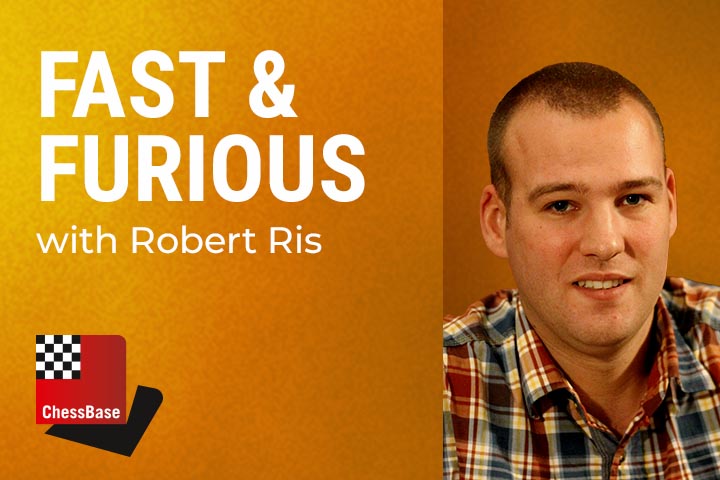


The European Hybrid Qualifier for the World Cup is taking place this week. As her trainer, I was very pleased to see that my student Eline Roebers (World Champion Girls U14 last year) had been given a wildcard by the Dutch Federation to get more experience playing against a grandmaster.
In round 1 of the knock-out competition she played against the the experienced Greek GM Athanasios Mastrovasilis. Eline lost the first game of the two-game match with Black but in the second game she had White and introduced a novelty on move 10 in the Scotch Opening.
To be honest, it wasn't a great idea objectively speaking, but one which set massive problems for her opponent. Eline then didn't show any fear and managed to win in great style.
The two blitz-games in the tie-break also ended 1-1 but then Eline won the Armageddon game convincingly and advanced to the second round.
In this week's Fast & Furious show special attention will be paid to White's attacking ideas in the Scotch with 4...Bc5 5.Nb3.
Here's a warm-up: Black has just taken with his rook the bishop on d3. What is his idea and how should White react?
You can move the pieces on the live diagram!
Many more Fast and Furious episodes are available in ChessBase Videos